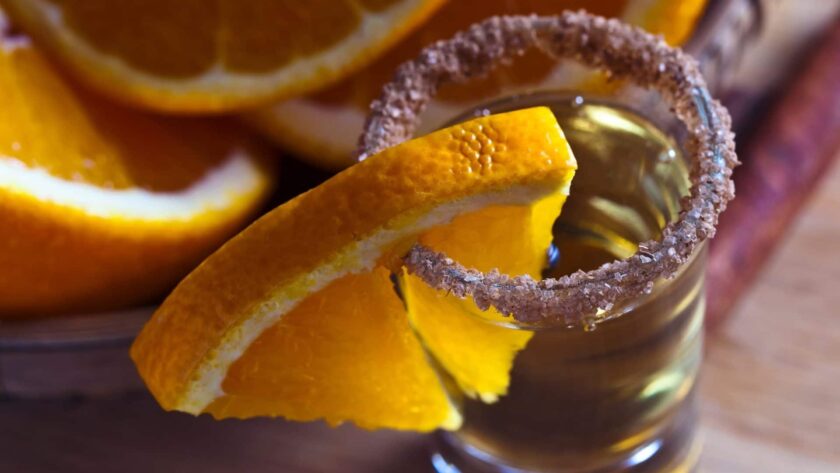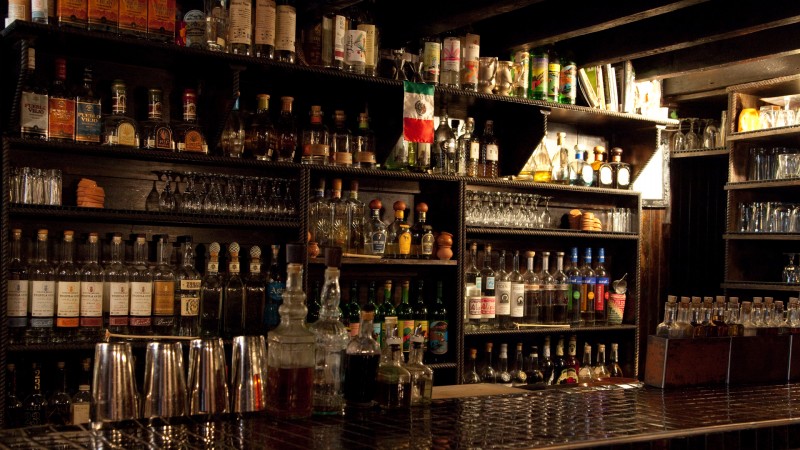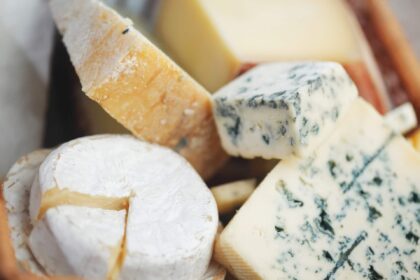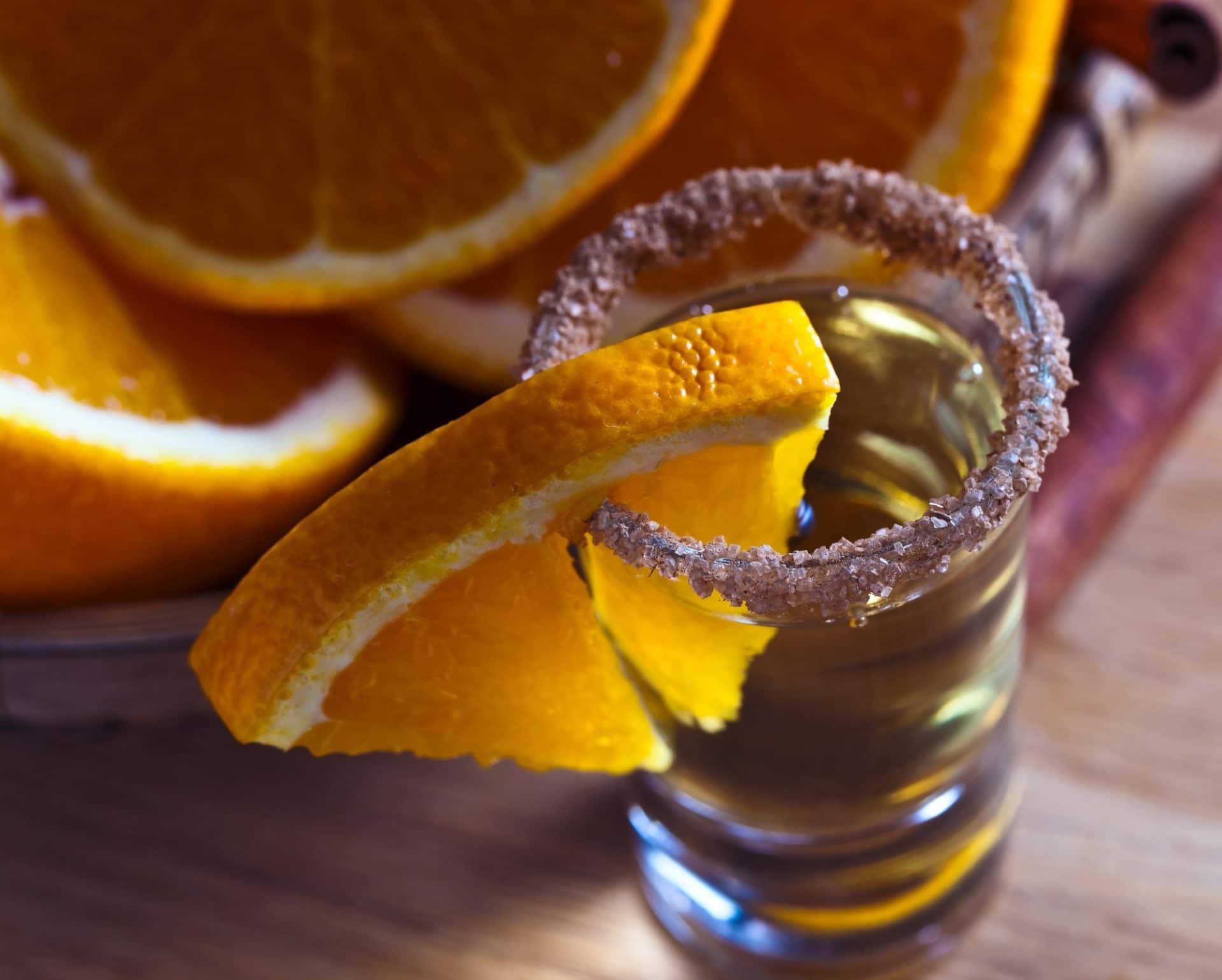
Fiery and complex, mezcal is a distilled Mexican alcohol too often confused with its better-known cousin, tequila. Typically enjoyed straight, mixed in an aromatic cocktail or with a simple wedge of fresh orange, this smoky beverage has a fascinating history and an important cultural heritage. It also enjoys a range of modern incarnations today, not least at one immersive venue in the heart of NYC.
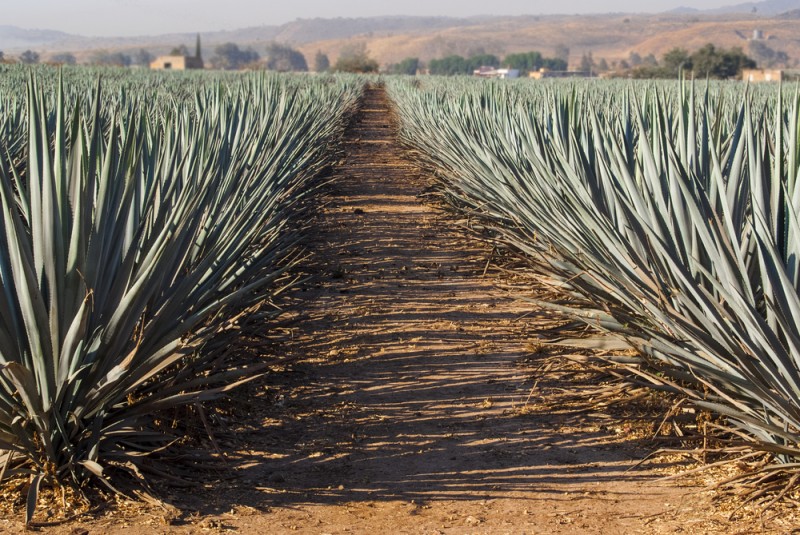
What Is Mezcal?
Native to Mexico, mezcal is made from the heart, or piña, of the maguey, a plant considered sacred and powerful in pre-colonial times. The maguey is a form of agave, but while tequila is distilled from blue agave, mezcal possesses a far earthier and smokier taste. This layered and complex spirit is also more frequently consumed straight, though cocktail varieties are becoming increasingly popular.
Mezcal’s history began centuries ago. In pre-Columbian times agave juice was fermented and prepared into a sacred drink, often referred to as “a gift from the gods.” Early agave liquors owe this name to a popular myth, which states that a lightning bolt was sent to earth by the gods, struck the heart of a maguey plant, and released the juices within. Prior to colonization, this potent elixir was restricted and consumed only for medicinal purposes or during religious ceremonies; however, with the arrival of the Spanish came the introduction of distillation techniques to Mexico, and mezcal in its current form was invented.
Its popularity quickly spread, especially within the state of Oaxaca, where the expression “Para todo mal, mezcal, y para todo bien, también.” (“For every ill, Mezcal, and for every good as well”) is said to have originated.
NYC Mezcal Culture At Mayahuel
Fittingly named after the Aztec goddess associated with the maguey plant, recalling mezcal’s sacred and sacrificial origins, New York City’s Mayahuel is a bar dedicated to all things mezcal. With a sleek, low-lit interior in shades of red and a Mexican-inspired ambiance, Mayahuel serves up small-batch mezcal from independent and historic Mexican distilleries. The bar’s staff not only know how to prepare mezcal in exciting ways (try the “Division Bell” cocktail, with mezcal, aperol, maraschino, lime and grapefruit zest), they also know all about the culture and history surrounding the drink, and love to share it with their visitors.
For manager Justin Shapiro, mezcal is much more than a beverage to shoot back on a night out:
“Coming to Mayahuel is not just about enjoying an amazing mezcal cocktail, or neat mezcal, it’s also about being introduced to the incredible culture and tradition that provide this amazing spirit for us to enjoy. Learning about the villages where it’s produced, and the family stories behind each label- these are some of the things we hope open people’s eyes to the amazing world that is mezcal.”
In a Western world dominated by better-known spirits, businesses like Mayahuel are important in supporting mezcal’s small-scale and local Mexican production, as well as in sharing its rich cultural history beyond Mexico. For Shapiro and his staff, part of the job is helping others understand more about “the people who make mezcal, the love that goes into making it and the tradition behind why it’s made the way that it is.”
Historic Customs, Modern Incarnations
Today, the best mezcal is handcrafted by small producers in the same regions of Mexico, with distilleries often handed down through several generations. As Shapiro explains:
“Many mezcaleros will tell you when asked why they make their mezcal a certain way, ‘this is tradition, generations of my family have always made it this way’… Great mezcal is being made in small batches, from single villages, that honor family tradition and a culture that dates back centuries”.
Indeed, mezcal has a truly strong heritage: much like Champagne, to merit the name, mezcal must be made only in the states of Durango, Guanajuato, Guerrero, Oaxaca, San Luis Potosí, Tamaulipas or Zacatecas. Not only are these the best regions in which to distil the fruits of the agave plant, they are also the best in which to enjoy it.
Shapiro imagines the perfect way to enjoy mezcal: “Sipping it neat, preferably surrounded by good friends, preferably while sitting in the warmth and beauty that is Oaxaca, Mexico.”
But for New Yorkers, atmospheric Mayahuel, with its wide range of mezcal in neat or cocktail varieties, will do just fine.
Bonus Mexico Travel Resources:
Exploring Mexico City’s Vibrant Art Scene
How To Enjoy A Silent Meditation Retreat In Mexico
21 Best Vegan Resorts In Mexico
Solo Travel In Mexico City: Your Ultimate Guide
Eco-Tourism In Mexico: The Ultimate Guide
Artisanal Tequila Distilleries In Mexico You Have To Visit
What’s your favorite way to enjoy Mezcal?
Jessica Festa
Latest posts by Jessica Festa (see all)
- A Culturally-Immersive Adventure In Mongolia’s Altai Mountains - Jul 8, 2023
- This Recipe Sharing Platform Supports Women In The Culinary Industry (Labneh Recipe Included!) - Nov 5, 2020
- Hiking The Mohare Danda Community Eco-Trek In Nepal - Jun 3, 2020
- 6 Important Questions For Choosing A Responsible Yoga Retreat - May 18, 2020
- How To Create & Grow A Profitable Blogging Business (Ethically) - Jan 18, 2020

